TECH Meets BUSINESS
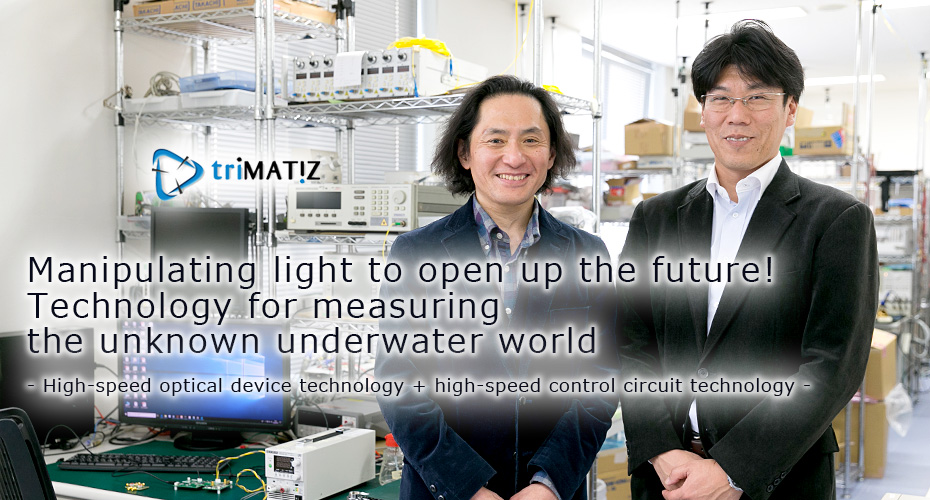
Located in Ichikawa City, Chiba Prefecture, Trimatiz.ltd develops the advanced technologies it has cultivated since its founding from the viewpoint of a venture company. In early 2018 they developed the LIDAR product “LiDAR Kit”, which is packed with the company’s technologies. This product is the result of President and CEO Takeshi Shimada’s ideas, opinions from their customers, and the efforts of their engineers.
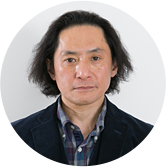
President and CEO of Trimatiz.ltd. After working at a securities firm, in September 1995 he joined Oyokoden Laboratory where he worked on technology sales. In July 2001 he participated in the establishment of OPTQUEST Co., Ltd., and in August of the following year he joined Fujitsu Higashi Nihon Digital Technology Limited. He established Trimatiz Ltd. (currently Trimatiz.ltd) in January 2004, where he is President and CEO.
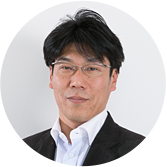
Director of Trimatiz.ltd, responsible for sales. He joined Otari Inc. in April 1997. In January 2006 he went to the USA and entered the Lubin School of Business, Pace University, where he completed the master’s course in management, MBA, in January 2008. He joined Innovation Engine, Inc., and in September 2012 he became an investment partner. He was an external director of 6 companies, including Trimatiz.ltd, in August 2015 he joined Trimatiz, and in August 2017 he was appointed Director.

“Adapting to the Changing Times, and Shifting Technology Development”
― Tell us about the background to the technologies possessed by Trimatiz.ltd.
The company was started with the idea of producing high-speed Variable Optical Attenuators (VOA). More than 20 years previously I had learned about optics from the basics up at a company called Oyokoden Laboratory. Nowadays we use blue light source, but at that time it was near-infrared light that absolutely could not be seen, and it was a world where we did not know what was happening. However, I learned the fascination of work with strange light, performing manual adjustments for manufacture of high-tech instruments.
The world of light using optical fibers is extremely interesting; processes are performed digitally but ultimately an analog component remains. The technology of self-driving car is high-tech digital technology, but at the time that light is emitted it is transformed into the analog world, and it cannot be processed digitally as zeros and ones.
Having become interested in complex field of optical technology, I established a company with engineers that had ideas for a method to realize a high-speed VOA. With this technology at the core, we are currently combining it with high-speed optical device technology and high-speed control circuit technology, and developing sub-technologies in the order of nanoseconds.
― More than 14 years has passed since your company was founded. Has business developed smoothly?
My feeling is that having been exposed to the stormy seas in this time, we have done well to have made it as far as we have. The company was formed in 2004 at a time when the optical fiber network of Japan was being rapidly developed, so we considered that of course there would be demand for communication devices using light, and that after 10 years we predicted that the infrastructure would be replaced.
However after 10 years there was a shift in the communication world to wireless, so there was a sudden stop in demand for optical fiber infrastructure. At the same time research and development related to optical communication also stopped, and this was quite a severe period for management of the company.
Therefore we decided to proceed with structural reform of the company, and at the same time to shift our focus to a different field. This was development of Light Detection and Ranging (LIDAR) for underwater, produced using our optical technologies and experience accumulated to date.
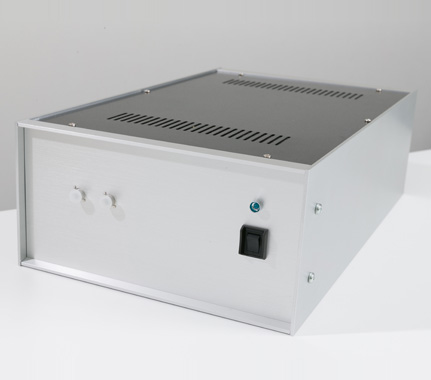
LIDAR(Light Detection and Ranging)
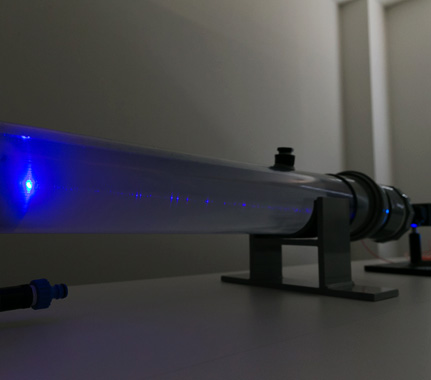
Demonstration model of LiDAR system using the Time of Flight (TOF) method for underwater exploration

“Our company’s technologies evolved and were adapted to LIDAR”
― Tell us how LIDAR works.
LIDAR is technology for measuring the distance to an object by illuminating the object with laser light. There are various methods for measuring distance by LIDAR, but the method we use is the Time of Flight (TOF) method, in which the distance is calculated from information on the transmission time to and from the object, using the time shift of a pulse between the emitted light and the reflected light.
Distance can be measured even in the dark, the distance resolution is in the order of several millimeters, and one feature is that it is possible to determine the shape of an object. Examples of use include automatic driving of cars, underwater exploration, and use in topographical surveys using drones.
The application to automatic driving is the easiest to understand. This is a technology in which laser light is emitted from a car, and obstacles on the road are detected. Not just points are measured, but also planes are measured, so that it is possible to know what kind of object is there.
― What motivated you to start developing LIDAR?
At the stage when we were developing equipment for optical fiber networks, we accumulated amplifier technology. By combining this with short pulse technology that was used in VOA and elsewhere, we developed a large current short pulse laser diode (LD) driver. Initially we intended that this product would be used for metal processing, but it was not accepted well within that industry, so when we searched around for a place where the function and features of LD drivers could be better used, we encountered LIDAR.
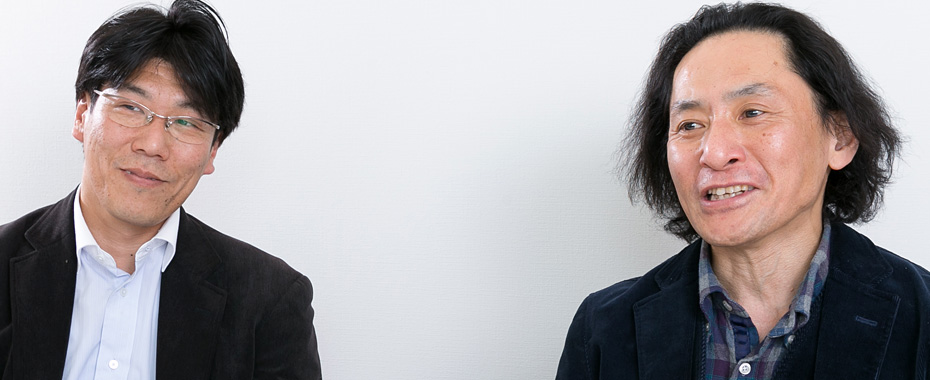
“New product to measure underwater, an unknown world”
― Can you tell us about the new product “Trimatiz LiDAR Kit”?
Basically TOF-type LIDAR consists of light emitting and receiving devices mounted on the circuit boards in light emitting and light receiving units in a control unit. The “LiDAR Kit” has been produced as a product that can be flexibly customized and extended, so that it can be adapted to various applications such as autonomous driving, measurement of structures, etc. Millimeter-class distance measurement can be achieved using the high-accuracy board.
Shimada:In discussions with customers who were having problems with LD drivers, we noticed that at that time the focus was on the transmission side only, but that actually signal processing of the receiving side was also important. As a result we developed a product whose major feature is that it contains a light emitting and receiving unit.
― What fields will this technology be deployed in?
We searched around for what direction this venture should proceed using this LIDAR technology, and we thought that maybe this direction could be underwater. This is a field where measurements could only be made using sound waves to date, so we considered that it was our role to enable the use of light.
Then with the cooperation of Chiba Institute of Technology, Tokai University, and the Japan Agency for Marine-Earth Science and Technology (JAMSTEC), we developed a “Dual LIDAR System” that performs simultaneous 3D scanning in the space above water and underwater, and applied for a patent.
Compared with terrestrial or aerial applications, underwater applications are still an unknown world, so they widen our horizons. Most underwater explorations use soundwaves, which has its limitations, or are manual operations, which impose quite a large burden on divers. If underwater LIDAR technology can be further extended, the underwater optical wireless network and the underwater IoT community advocated by JAMSTEC is expected to be realized.
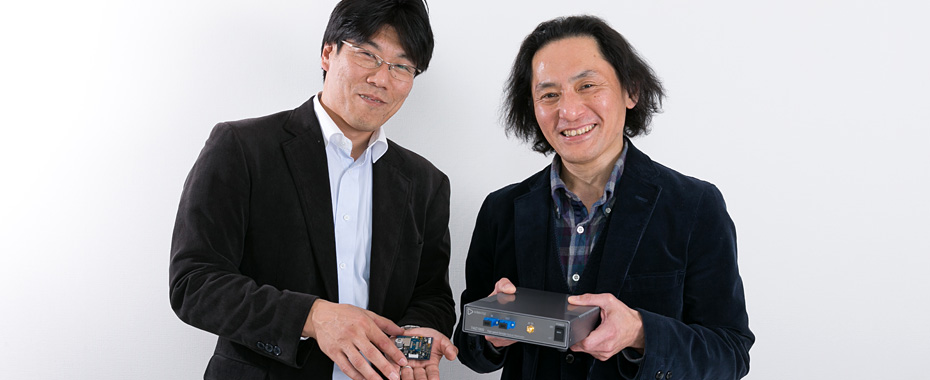
― Finally, what is your message for our readers?
We carry out research and development with research institutes, in particular AIST, and universities, but our focus is always on doing business with normal companies and users. Therefore we were able to divert our technical capability to LIDAR, when the communication business became difficult.
Shimada:It is said that it is difficult for high-tech ventures to succeed in Japan. However even today’s major companies were initially venture companies. We would like to produce sound business results, and demonstrate that if you try you can succeed.
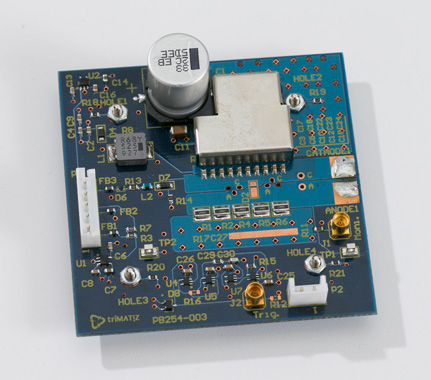
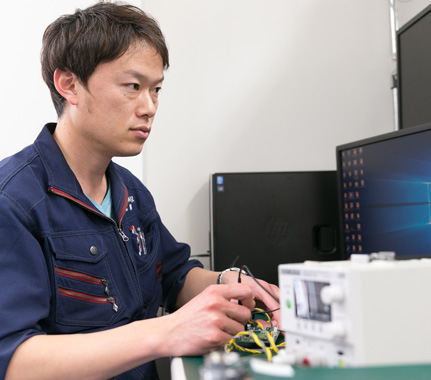
At present the latest equipment is being developed in a corner of an office building in Ichikawa City, Chiba Prefecture.
* The contents of this article are based on information as of February 9, 2018.
株式会社トリマティス
〒272-0023
千葉県市川市南八幡4-2-5 いちかわ情報プラザ 407
Trimatiz Co., Ltd.,
407 Ichikawa Business Plaza, 4-2-5 Minamiyawata,
Ichikawa City, Chiba Prefecture, Japan 272-0023
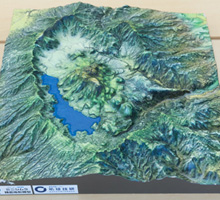
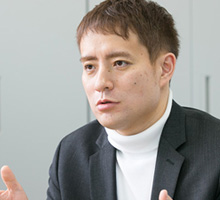
Research Institute for Earth Science Visualization Technology Co.,Ltd.
Visualizing the History of the Earth, and Creating a “Museum of the Future”!
- Precision 3D Modeling and Projection Mapping –


Mottainai Energy Co., Ltd.
Brightening the Future with Electricity Produced from Heat!

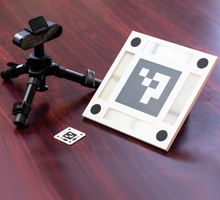
LEAG Solutions Corporation
New image measurement for the smart society!
- 3D position and attitude measurement using high-accuracy markers -
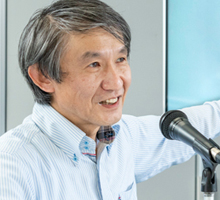

HikariPath Communications Co., Ltd.
Realtime 4K video eliminates distance using new optical communication technology!
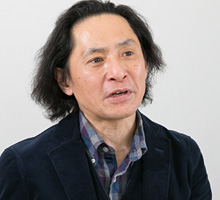
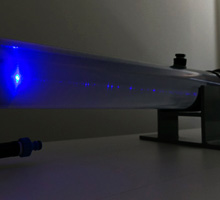
Trimatiz Limited
Manipulating light to open up the future! Technology for measuring the unknown underwater world
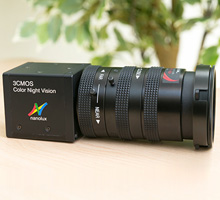
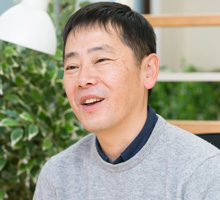
Nanolux co. ltd.
Deliver Color Images in Darkness! Unique Technology Enabling Color Image only by Infrared Illumination
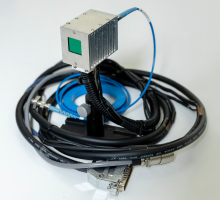
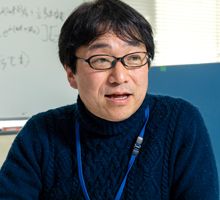
SteraVision Co.,Ltd.
Realizing an Eye that can See like a Human!
– Development of Optical Steering Device and New Standard Lidar -
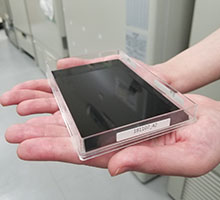

ProteoBridge Corporation
Reproduce human on the palm !
-Development of the world's first human protein array-
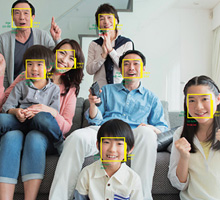
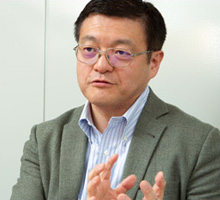
Site Sensing Inc.
Expanding a New Business with Excellent Measurement Technologies for Tracking, 3D Modeling , and Face Recognition
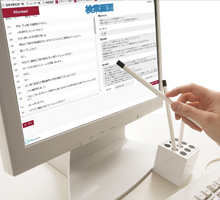

Hmcomm Inc.
Controlling Voice to Open Up Next Generation Business!
- Commercializing AI and Voice Recognition Technology -
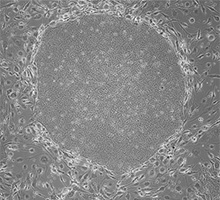
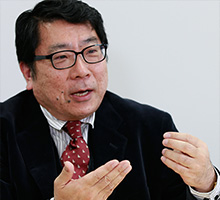
TOKIWA-Bio Inc.
Automatic Generation of iPS Cells!
- Contributing to Gene Therapy Worldwide -
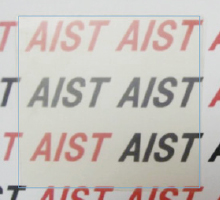
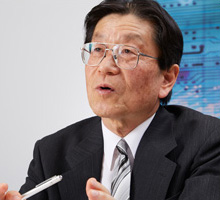
HSP Technologies Inc.
Producing New Materials by Mixing Materials that do can not Mix!
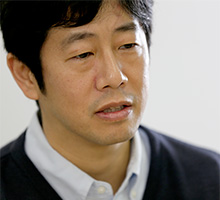
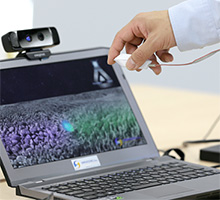
MIRAISENS,Inc.
A feeling as if things were really there!
~ Digitization of physicality and bodily sensations ~

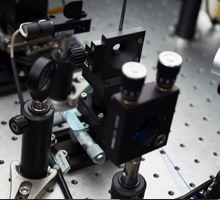
PicoTherm Corporation
Supporting information society by technology to measure thermophysical properties
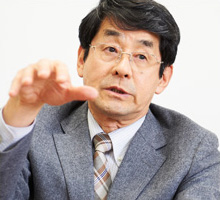
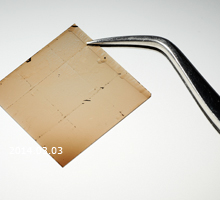
EDP Co.
Dedication to the ultimate material, diamond
